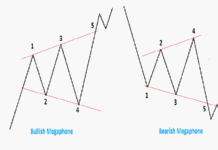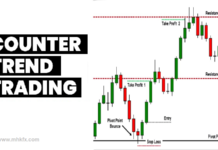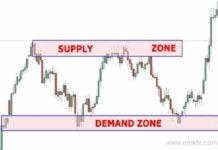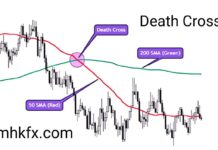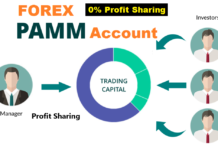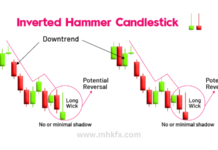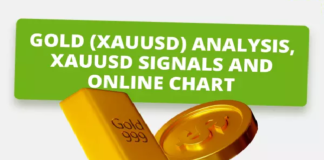
The Non-Farm Payroll (NFP) report is a monthly economic event that holds tremendous significance in financial markets. As the United States’ most closely watched economic indicator, it has the power to influence global trading trends, making it a key event for traders worldwide. In this article, we’ll explore NFP trading strategies and how traders prepare themselves for the volatility that often accompanies the release of this crucial employment report.
Understanding the NFP Report:
Before delving into trading strategies, it’s important to understand what the NFP report entails. Published by the U.S. Bureau of Labor Statistics on the first Friday of each month, this report provides data on the total number of non-farm payroll jobs added or lost during the previous month. It also includes the unemployment rate and average hourly earnings figures. These statistics offer insights into the overall health of the U.S. labor market and can significantly impact currency, bond, and equity markets.
Volatility and the NFP Report:
One of the defining characteristics of NFP trading is volatility. The NFP release often triggers sharp and sudden price movements in various financial markets. Traders must brace themselves for this volatility, as it can present both opportunities and risks.
Trading Strategies for NFP:
Preparing for the Release:
Successful NFP trading begins with thorough preparation. Traders should:
- Monitor economic calendars to know when the NFP report will be released.
- Stay informed about market sentiment and consensus expectations leading up to the release.
- Set entry and exit points, along with stop-loss orders, to manage risk.
Scalping and Quick Reactions:
Some traders opt for scalping strategies during the NFP release. Scalpers aim to capitalize on short-term price fluctuations by entering and exiting positions rapidly. This approach can be highly profitable but also carries a higher level of risk.
Risk Management:
Risk management is paramount during NFP trading. Traders should limit their position sizes to a level they are comfortable with and use stop-loss orders to protect their capital. Volatility can lead to sudden and unpredictable market movements, so having a clear risk management plan is crucial.
Technical and Fundamental Analysis:
Combining technical and fundamental analysis can help traders make informed decisions during NFP trading. Technical analysis involves studying price charts and patterns, while fundamental analysis considers the broader economic context and market sentiment.
Waiting for Post-NFP Stabilization:
Some traders prefer not to trade immediately after the NFP release due to the initial volatility. They may choose to wait for the market to stabilize before making trading decisions based on a clearer picture of the post-release trend.
Conclusion:
NFP trading offers opportunities for traders to profit from the volatility that accompanies the release of this critical economic report. However, it also carries inherent risks. To succeed in NFP trading, traders must prepare diligently, manage risk effectively, and choose trading strategies that align with their risk tolerance and market outlook. By doing so, traders can navigate the turbulence of the NFP release and potentially capitalize on market movements driven by this influential economic indicator.
Click to Sign up with ICMarkets
Related Articles:
Stock Market Volatility Sparks Interest in Moving Average

